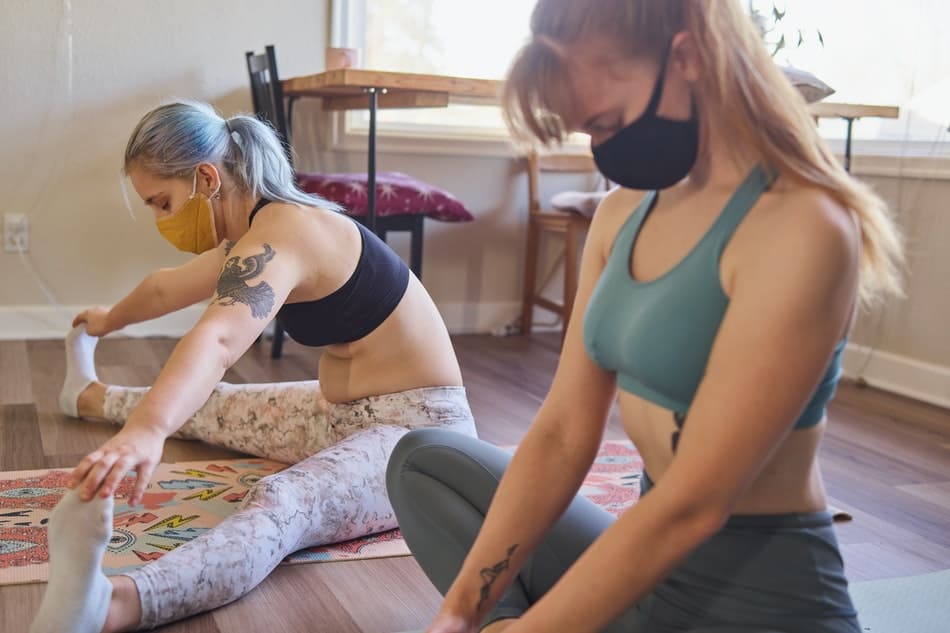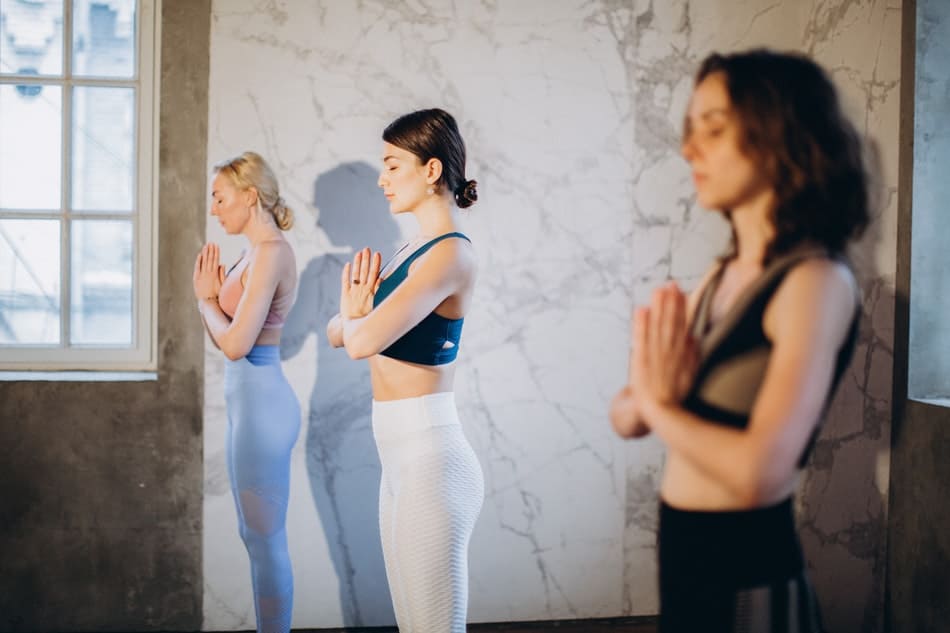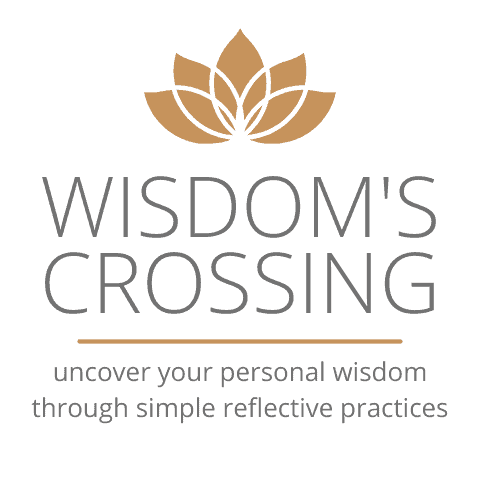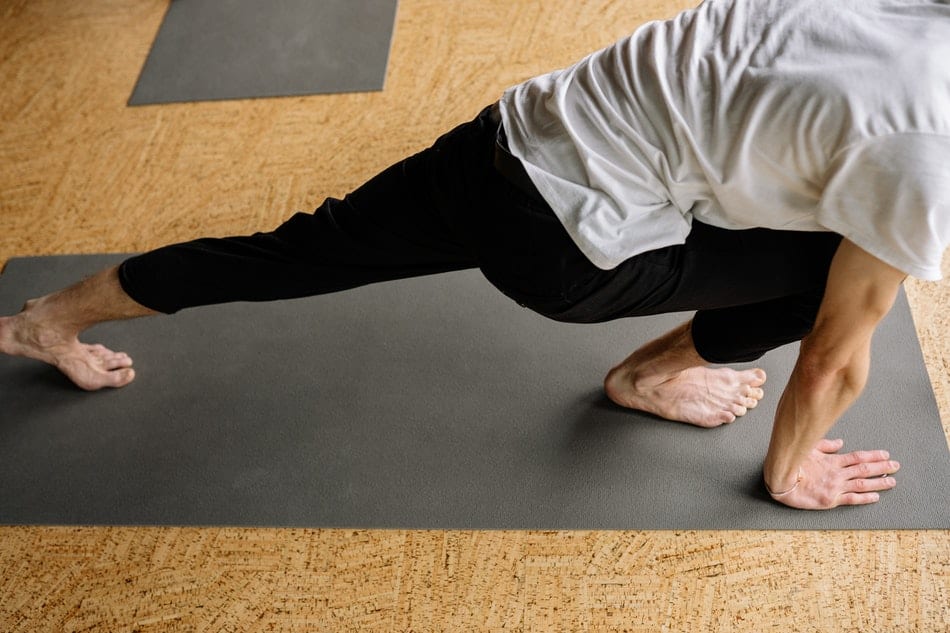Are you just starting your yoga journey? Do you want to learn how to start Ashtanga Yoga? If so, you should continue reading this article! I will discuss everything you need to know about starting this popular form of yoga. I will cover the history of Ashtanga Yoga and a list of tips for beginners who are looking to get started with Ashtanga Yoga. So, whether you are a complete beginner or an experienced yogi, read on for everything you need to know about starting Ashtanga Yoga!
To begin practicing Ashtanga yoga, you’ll need a few supplies: a mat, some comfortable clothing, and water. Once you have your supplies ready, start slow and be patient with yourself; the key is to listen to your body.
What Exactly Is Ashtanga Yoga?
Ashtanga yoga is a system of hatha yoga that was brought to the modern world by Sri K. Pattabhi Jois. Ashtanga. The Ashtanga practice begins with sun salutations and standing postures, then moves on to a series of seated postures and inversions, all linked together by the breath. Ashtanga yoga is often referred to as power yoga because of the dynamic flow of movements.
If you’re new to Ashtanga yoga, it’s best to start with a beginner’s class or series so that you can learn the correct alignment for each posture and get a feel for the flowing nature of the practice.
Once you’ve got the hang of it, you can move on to a more advanced class. However, even if you never progress beyond the beginner’s level, Ashtanga yoga is still an excellent form of exercise that will provide you with many benefits.

The Benefits Of Ashtanga Yoga
When it comes to yoga, there are many different styles and practices to choose from. One popular form of yoga is Ashtanga yoga, which can offer a variety of benefits for those who practice it regularly. Here are four benefits of Ashtanga yoga that you may not be aware of:
- Improved Circulation: The various poses and movements involved in Ashtanga yoga help to improve circulation throughout the body by massaging the internal organs and increasing blood flow.
- Detoxification: The deep breathing associated with Ashtanga yoga helps to oxygenate the blood and remove toxins from the body. This can lead to improved overall health and well-being.
- Increased Strength: The continuous flowing movements of Ashtanga yoga require a fair amount of physical strength and stamina. As you become more practiced in the form, you will likely find that your overall strength and endurance improve.
- Improved Flexibility: One of the most obvious benefits of practicing yoga is increased flexibility. The stretches involved in Ashtanga yoga can help to increase your range of motion and improve your overall flexibility.
Can Ashtanga Yoga Be Self Taught?
The short answer to this question is yes, Ashtanga yoga can be self-taught. However, there are a few things you should keep in mind if you decide to go this route. First and foremost, Ashtanga yoga is a very specific type of yoga that includes a set sequence of poses that must be performed in the same order each time you practice. This can be difficult to remember if you’re not following along with a teacher or video. Additionally, the flowing nature of Ashtanga means that each pose flows into the next without pause. This can also be tricky to master on your own.
That being said, there are many resources available online that can help you learn the Ashtanga sequence. YouTube is a great place to start, as many free videos will take you through the entire sequence. Once you feel comfortable with the flow of the poses, you can begin practicing on your own.

How To Start Ashtanga Yoga
If you’re interested in Ashtanga yoga, it’s important to understand the basics before diving in. Here are four steps to get started with Ashtanga yoga:
Find A Qualified Instructor
To learn the proper techniques and receive guidance tailored to your needs, it’s essential to find an experienced and reputable Ashtanga yoga instructor. Look for an instructor who is certified by a credible organization, such as the Yoga Alliance.
Choose The Right Type Of Class
There are two types of Ashtanga classes – Mysore style and led classes. Mysore-style classes are more traditional, where students practice at their own pace with minimal instruction from the teacher. Led classes to move through the set sequence at a faster pace, with the teacher calling out each pose. If you’re a beginner, it’s generally recommended to start with led classes.
Start Slowly And Be Patient
Ashtanga yoga is not a race. It takes time and practice to master the poses and develop strength, flexibility, and stamina. Don’t be discouraged if you can’t do everything perfectly at first – just focus on doing what you can and being present in each moment.
Listen To Your Body
Last but not least, always listen to your body and respect its limitations. If a pose is too difficult or causes pain, don’t force it – there are plenty of other poses that will provide similar benefits without putting your body at risk. Trust your intuition and let your body be your guide.
With these four steps in mind, you’re well on your way to starting your Ashtanga yoga journey! Just remember to take things slowly, listen to your body, and find a qualified instructor to help you along the way.
You can do ashtanga yoga every day. However, the more important question is whether or not you should do ashtanga yoga every day. While there are many benefits to practicing ashtanga yoga daily, it’s important to listen to your body and give yourself days off when needed.
Final Words
When you’re ready to start Ashtanga Yoga, find a studio or teacher that feels right for you or practice at home. Then, commit to practicing regularly. Remember, the key is consistency. If you can stick with it, you’ll see results. Soon enough, you’ll be reaping the many benefits of this powerful practice. So what are you waiting for? Start your Ashtanga Yoga journey today!
Related Articles

